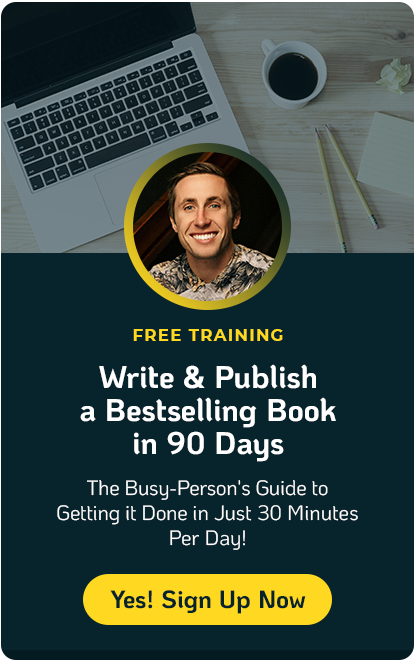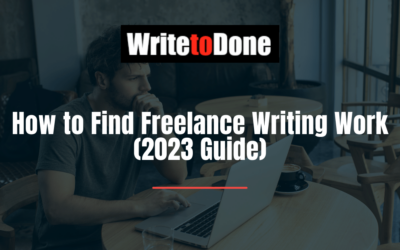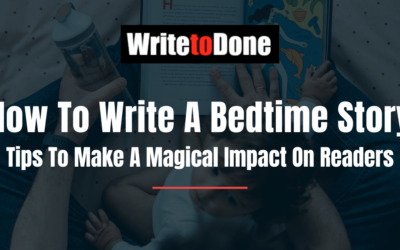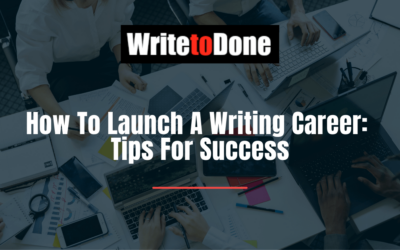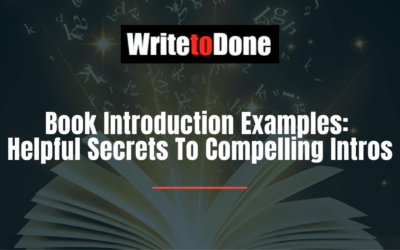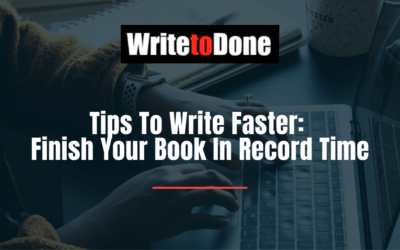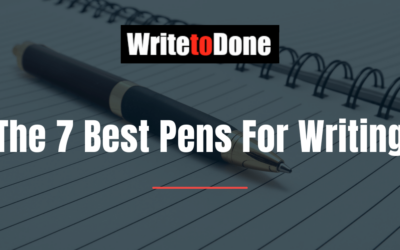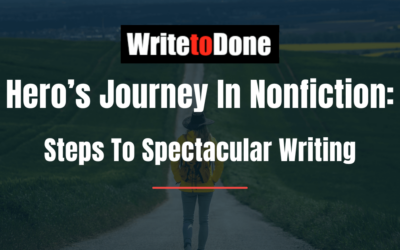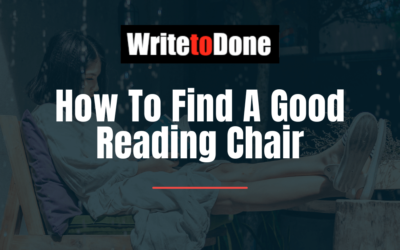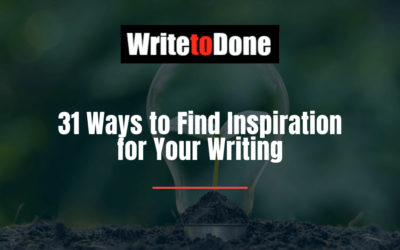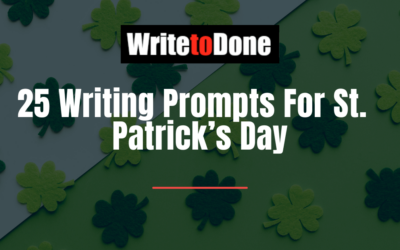This guest post is by Sarah Wilson
I can get disproportionately excited about new online devices that help me write more efficiently. Like, a while back, I was frothing about Instapaper, a 2.0 equivalent of the Post It note. Here’s how Instapaper works:
You’re wasting time online and stumble on an interesting blog post or New York Times article. You can’t read it now; you’re meant to be finalizing a spreadsheet or something. Printing it out is just wrong. After all, you have one of those Please Consider the Environment email signatures. And you offset your Virgin Atlantic flights. Perhaps you could email it to yourself and flag it. But that seems way too clunky and cluttery.
What to do?
- Install Instapaper (go to instapaper.com) in three easy online steps, or thereabouts.
- Drag the “Read Later” button to your Bookmarks menu.
- Next time you’re reading something you want to go back to, simply click the “Read Later” button and your article is filed in a special folder in cyberspace. For perusal at a more languid juncture.
- Finally, head to instapaper.com every now and then and read what you’ve stored. You can also file the clippings into folders. I’ve divided mine according to the three different magazine columns I write, plus one for my blog, and another for general interest.
More recently I’ve come across Readability, which can then convert my saved reading into a more readable format. Here’s how Readability works:
Again, it’s a new FREE! button that changes stuff you’re reading online into clear, simple, old-school text, getting rid of pop-up ads and annoying eyeball clutter.
- Install the Readability button. Seriously it’s one step.
- Actually it’s two. Once installed, you then adjust your preferences. You can choose between “newspaper”, “novel”, “ebook” and “terminal”. And change the font size and column width. Journalists will love that you can convert to a newspaper format. I read mine like this. Newspapers and magazines were designed to have the best type of font (serif) and column width (narrow enough such that your eye can flick quickly from one line to the next) to make for simple, elegant, fast reading. Just so you know.
- When you’re reading something online, just press the readability bookmarklet on your toolbar and it converts the text into a far happier format. A treat for sore eyes!
Is it just the Capricorn in me, or are these really nifty?
Well, I certainly used to think so. But this week I had a look in my special cyber folder and the sheer volume of tagged URLs sent me into a spiraling fug. It resembled the stack of books piled next to my bed that I’ve “been meaning to read”. And the folders of saved emails that-might-come-in-useful-down-the-track. And the basket next to my couch bulging with newspaper clippings and back issues of Vanity Fair with cornered pages, marking Christopher Hitchins essays I might need to refer back to one day.
And it suddenly occurred to me – my entire life is flagged-for-follow-up. I’m one big backlog of informative material waiting to be attended to. If only there were a rainy Sunday long enough to get through it all, I might finally … get on top of myself.
I hang onto articles because I’m scared of what will happen if I need them one day, and they’re not there. This fear binds me to my stuff. Like many people, I buffer myself with my just-in-cases, instead of flying naked, instead of seeing what will happen if I head out into the clamber armed with just my inner-resourcefulness.
I’ve flown naked before. I hitchhiked through Greece when I was 18 with just the clothes on my back (so, not literally naked); I lived in Paris for a fortnight with no money, no passport, not a single possession to my name (I’d been robbed). Lately, I’ve been thinking I’d like to fly naked again.
I hate making sweeping generational generalizations, but it must be said that those Y kids can teach the rest of us a bit about flying naked. They don’t get excited about Instapaper. This is because they don’t hang onto things. They skim read at the time of receipt, delete and move on. (And they don’t really need Readability. They’ve grown up accustomed to blocking out pop-up ads and scanning different formats.)
The under-30 crew were schooled during a time when you could look up references online in 2 seconds, instead of via the Duwey system when the librarian got back from lunch. They’re au fait with flying naked. Back when I was studying law, some time after the last ice age, if you lost a case note, you were stuffed. Little wonder we hang onto every scribble.
But, let me be the one to break it: times have changed. Information can be Googled or Binged instantly, emails retrieved from servers. Further, ideas move around so fast. There’s no point hanging onto today’s idea because it’s bound to be RT’d or Digg’d to death by tomorrow anyway.
My 20-something brother doesn’t save anything. Why would you, he says. That’s just looking backwards. Where’s the flow of information? Roll forward and gather no moss, is his adage.
I still love my Instapaper and Readability discoveries. But what I loved more this week was going in to my special folder, selecting all and hitting delete. Then hauling my Vanity Fairs and New Yorkers into the communal foyer of my apartment for the neighbors to take. Information shouldn’t be held on to; it should be passed on, like a hot potato. Information in, information out. Sweetly, it’s left more room in my life and my special folder for fresh ideas.
Sarah Wilson is an Australian TV and print journalist (and former editor-in-chief of Cosmopolitan magazine) who writes about how to make life better. Follow her adventures at sarahwilson.com.au or on twitter.
A heads-up for WTD readers
Leo and Mary will run the next A-list Blogging Bootcamp, How to Create a Blog that Rocks from 13-17 February. Everyone had a blast last time! We’ll be emailing some great articles on blogging. Get yourself on the mailing list by clicking on Leo’s report in the sidebar.




